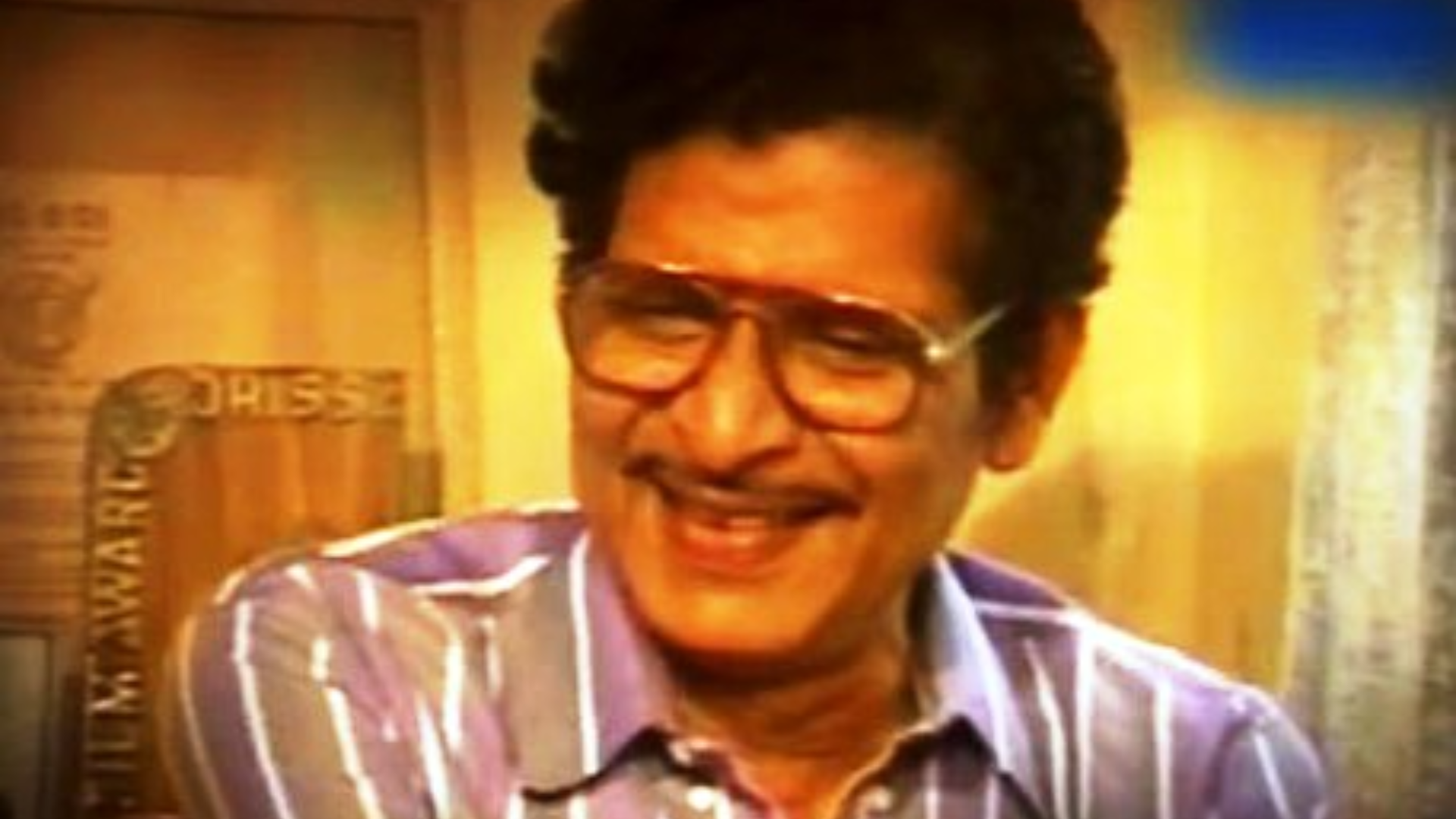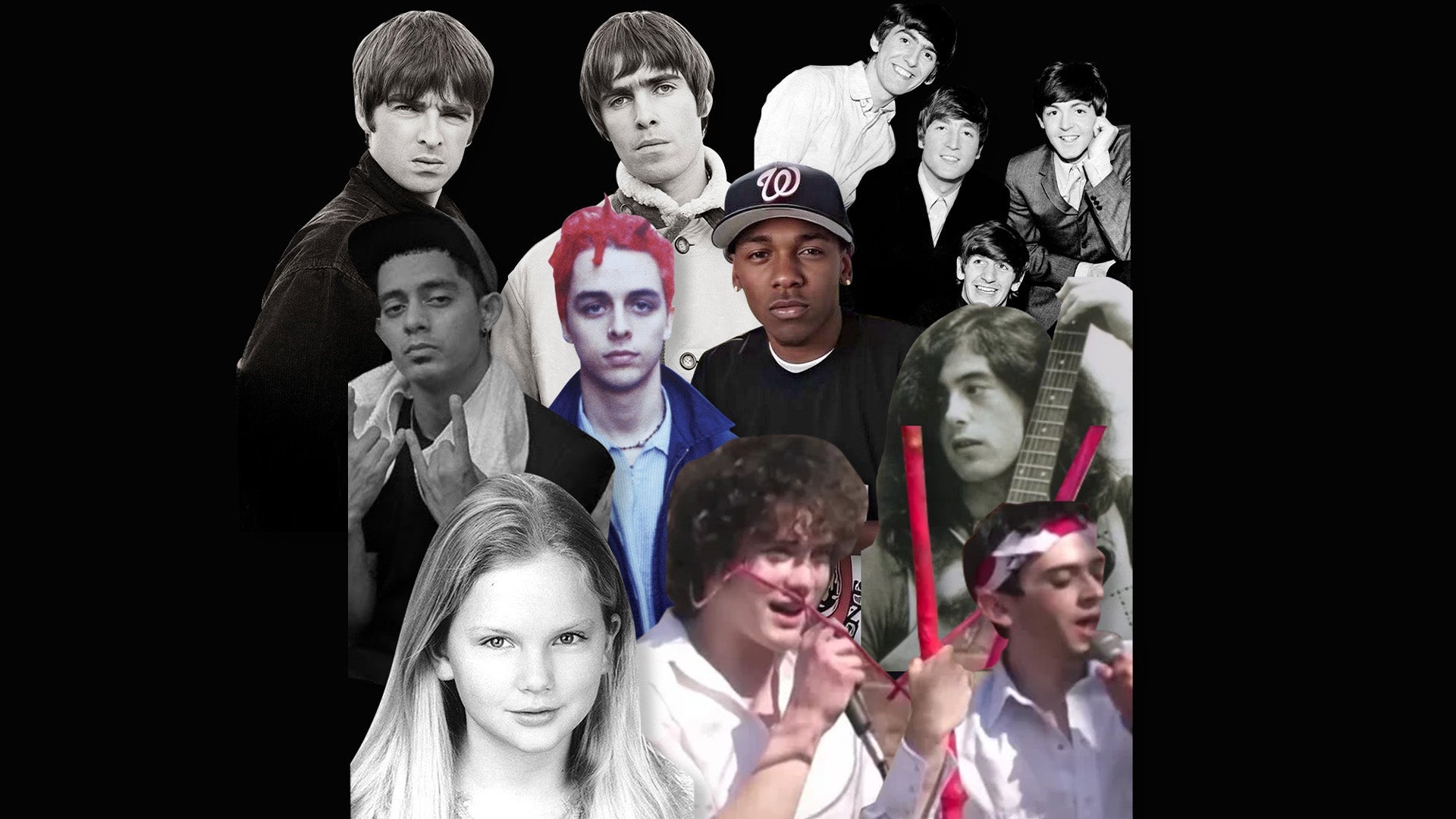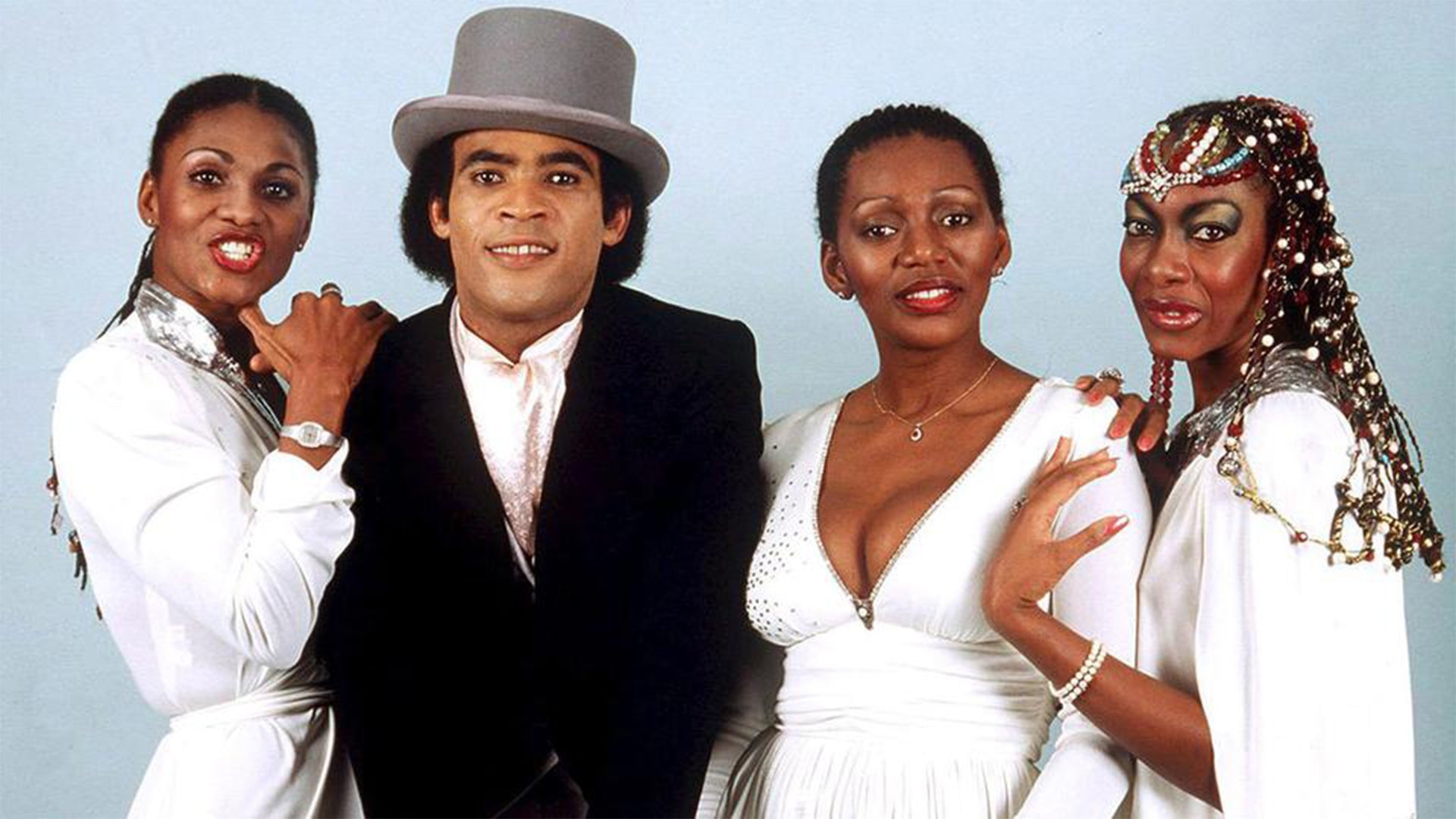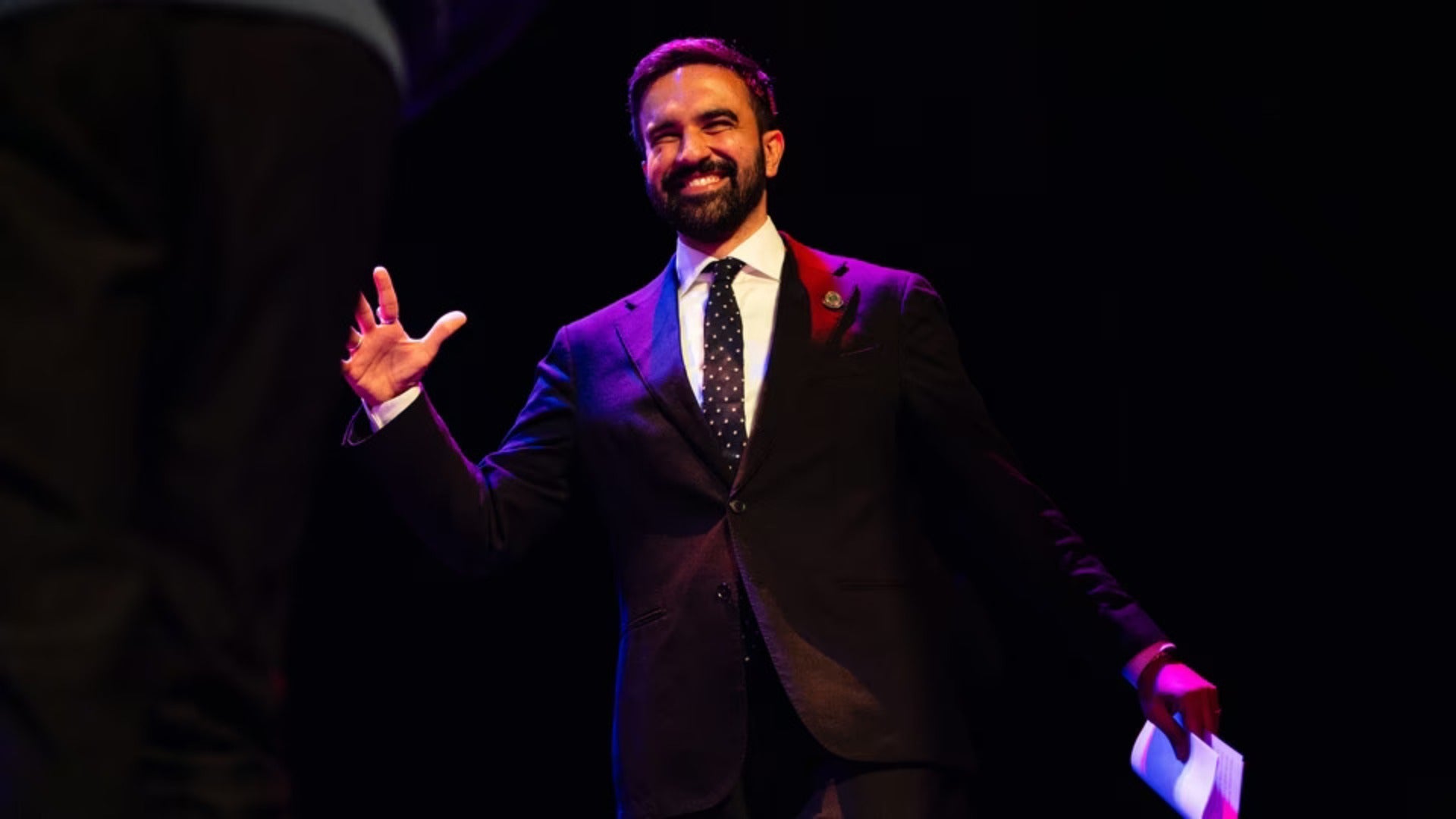Unlikely Inheritance: How Akshaya Mohanty gave Odia it's Ghazal Voice

When one opens the door to modern Odia ghazal, they invariably finds Akshaya Mohanty standing at its threshold; untrained, audacious, and determined to turn his musical exile into an enduring tradition. In a state where classical Odissi and folk music defined legitimacy, he entered through the backdoor of All India Radio in 1956, first as a lyricist, later as a composer and singer. His lack of formal training was never a handicap; instead, it freed him from rigid structures and allowed him to reimagine how Odia could carry the weight of poetic longing.
Before Mohanty, Odia ghazals were rare and scattered, often imitations of Urdu with little rootedness in the language. He gave the form a vocabulary that spoke directly to Odia sensibilities while preserving the romance and ache that defined the ghazal. Critics and contemporaries agree there was no real tradition before him; it was his pen, his voice, and his melodic instincts that turned borrowed cadences into something distinctly Odia.
Drawing inspiration from the Rubaiyat of Omar Khayyam while anchoring his lyrics in the lived ethos of Cuttack, he made verses that could belong both to the concert hall and to the common street. Works like Punyara Nadi Tire and Kalankita Ei Nayaka embodied that tension.
Many of his ghazals never found commercial release, surviving instead in private gatherings and personal recordings, which only deepened the sense of myth around him. That aura of mystery has lasted, sustaining his reputation not just as a performer but as a creator of a hidden archive that still resurfaces in fragments to astonish younger generations.
Mohanty’s career spanned 75 films, 129 playback songs, modern ballads, bhajans, and literary works ranging from novels to autobiographies. He became a cultural institution in Odisha, a figure who could bend the conventions of cinema music while also crafting lyrics that resonated like timeless poetry. Even in the face of commercial pressures, he clung to his creative freedom, writing songs that dealt with love, loss, spiritual doubt, and the complications of human desire—subjects that rarely found a place in mainstream music of the time.
Gori Gori Gori
Maa (1959)
His first playback song, sung for the film Maa, marked his entry into Odia cinema. At once melodic and youthful, it revealed Mohanty’s potential to balance popular taste with originality. Though conventional compared to his later work, it signaled the arrival of a voice that would soon disrupt Odisha’s musical establishment.
Rakata Talamala
Malajanha (1965)
As a composer, Mohanty’s breakthrough came with Rakata Talamala. The song’s rhythmic immediacy, crafted for the film Malajanha, turned him into a household name. It showed that he could command the cinematic space not only as a singer but as a composer capable of reshaping popular music.
Jajabara Mana Mora
Rangin Jajabara (1975)
A milestone in Odia romantic music. The title—“my wandering heart”—captures the blend of restlessness and tenderness Mohanty brought to his lyrics. This song cemented his reputation as a lyricist who could turn everyday Odia phrases into poetry without losing accessibility.
Chandramallika Hase
1973
One of his early lyrical ballads, soft yet sophisticated. It demonstrated his gift for romantic storytelling and built his popularity with a wider audience. The play of natural imagery with human feeling here would later echo in his ghazals.
Jaare Bhasi Bhasi Ja, Nauka Mor Bhasija
1972
A folk-rooted composition, vivid with the sights and sounds of riverside Odisha. The boat imagery gave listeners a picture of rural life while smuggling in poetic melancholy. Mohanty’s ability to elevate folk rhythms into mainstream appeal made him a bridge between tradition and modernity.
Punyara Nadi Tire
1972
His landmark ghazal. Mohanty infused the Odia ghazal with its first true vocabulary, translating the anguish and elegance of the form into his native idiom. Its riverbank imagery, infused with longing and exile, established him as the pioneer of Odia ghazal.
Kalankita Ei Nayaka
1984
This AIR-broadcast ghazal explored shame, disgrace, and empathy with unusual candor. By turning the ghazal into a psychological monologue, Mohanty showed how Odia could hold the weight of Urdu’s emotional registers without imitation. It became one of his defining works.
Smruti Tume Shrabana Rati
1977
Memory, monsoon, and melancholy. This ghazal-like composition epitomizes Mohanty’s lyrical depth. Here, sound and season intertwine, giving permanence to fleeting impressions. It reveals his strength as a poet who wrote with emotional sophistication beyond mainstream demands.
He Phaguna Tume
1995
With this spring-infused song, Mohanty brought nature into his lyrical palette. By treating seasonal change as metaphor for emotional renewal, he broadened the thematic range of Odia popular music. This was his mature romantic phase, showing restraint and beauty.
Premikara Bari Aare
1977
A love song tinged with conflict rather than idealization. Mohanty didn’t just romanticize relationships—he interrogated them. This composition shows his maturity as a lyricist who could write about tension and vulnerability as much as passion.
Raja Jhia Sange
1982
This composition added social texture to his work. The king’s daughter as romantic subject symbolized class barriers and desire across hierarchies. Mohanty wove these tensions into song, expanding the horizons of Odia popular music beyond formulaic romance.
Hari Jai Thiba
2010
A devotional tone dominates here—the blending of faith, lyrical melody, and folk-rooted musicality. The song reveals Mohanty’s spiritual side, his ability to compose music that’s not just aesthetic but also deeply rooted in Odisha’s devotional traditions.
Ahe Ramahari
2006
The song combines praise and musical craftsmanship to reach listeners in religious settings as well as concert-like spaces. Powerful as a part of his devotional repertoire.
Alasa Kanya
Priyanka (1995)
A gentle duet of burgeoning affection, SPB’s gentle voice in this Rahman-reused tune underscored his ability to convey romantic subtlety without overstatement.
Akshaya Mohanty talks about relationship with Lord Jagannath on Dura Diganta on DD Odia
Akshaya Mohanty Jamming in Cuttack Studio




Comments
Fat Rosa — 8 days ago
HOW I RECOVERED MY LOST CRYPTO FROM FAKE BROKER ONLINE.
I had lost over $752,000 by someone I met online on a fake investment project. After the loss, I had a long research on how to recover the lost funds. I came across a lot of Testimonies about THE HACKANGEL RECOVERY TEAMS. I contacted them providing the necessary information and it took the experts about 48 hours to locate and help recover my stolen money. If anyone is looking for a Recovery firm to Recover your lost Crypto. You can contact THE HACKANGEL RECOVERY TEAMS . I hope this helps as many out there who are victims and have lost to these fake online investment scammers. You can contact them by using
Email at support@thehackangels.com
Website at www.thehackangels.com
WhatsApp +1(520)200-2320
Fat Rosa — 8 days ago
HOW I RECOVERED MY LOST CRYPTO FROM FAKE BROKER ONLINE.
I had lost over $752,000 by someone I met online on a fake investment project. After the loss, I had a long research on how to recover the lost funds. I came across a lot of Testimonies about THE HACKANGEL RECOVERY TEAMS. I contacted them providing the necessary information and it took the experts about 48 hours to locate and help recover my stolen money. If anyone is looking for a Recovery firm to Recover your lost Crypto. You can contact THE HACKANGEL RECOVERY TEAMS . I hope this helps as many out there who are victims and have lost to these fake online investment scammers. You can contact them by using
Email at support@thehackangels.com
Website at www.thehackangels.com
WhatsApp +1(520)200-2320
Usman Bello —
ALPHA KEY BTC RECOVERY: SEEK ADVICE FROM A LICENSED CRYPTO RECOVERY HACKER
Only a small number of skilled hackers has the special hacking knowledge and abilities needed to recover lost Bitcoin. Although there are a lot of recovery websites available, it’s crucial to exercise caution because 99% of them are run by con artists who pose as trustworthy businesses. It is preferable to go for a reliable hacker who can assist you in getting your money back, such as Alpha Key BTC Recovery. I lost $326k in Bitcoin due to mining, but they were able to retrieve it. contact info below
Mail : Alphakey@consultant.com
Website : www.alphakeyrecovery.com
WhatsApp contact :15714122170
Signal contact:15403249396
GH —
USA UK CANADA FULLZ AVAILABLE
FRESH DATABASES & VALID INFO
Guaranteed stuff with replacement offer
SSN DOB DL ADDRESS USA
SIN DOB ADDRESS MMN CA
NIN DOB DL ADDRESS SORT-CODE UK
REAL DL & ID Front Back with Selfie
Children Fullz 2011-2023
Young Age & Old Age Fullz
CC Fullz with CVV & Billing Address
Dumps with Pin Track 101 & 202
Contact for any query & order here:
TG – @ leadsupplier / @ killhacks
What’s App – (+1).. (727). (788). (6129).
TG Channel – t.me/leadsproviderworldwide
VK Messenger ID – @ leadsupplier
E-mail – bigbull0334 at gmail dot com
*(Be aware from scammers using our cloned names on TG)
Providing fresh stuff with 100% guarantee
80% to 90% connectivity ratio
All stuff will be fresh & genuine
USA FULL NAME SSN DOB DL ADDRESS PHONE EMAIL ACCOUNT & ROUTING NUMBER
UK FULL NAME NIN DOB DL ADDRESS PHONE EMAIL SORT CODE & ACCOUNT NUMBER
CANADA FULL NAME SIN DOB ADDRESS PHONE EMAIL MMN
#SSN #SSNDOBDL #SellSSN #CCShop #CCSELLCVV #ShopSSNDOBDLADDRESS #FULLZ #SSNFULLZ
#REALDLSCAN #YoungAgeFullz #Fullzseller #USAFULLZ #FULLZUSA #SellerSSNDOB #ShopSSNDOB
#SIN #SINDOBDL #SellSIN #SINMMNFULLZ #MMNPROSSIN #MMNSIN #CCShop #CCSELLCVV #ShopSINDOBDLADDRESS #FULLZ #SINFULLZ
#REALDLSCAN #YoungAgeFullz #Fullzseller #CANADAFULLZ #FULLZCANADA
#NIN #NINDOBDL #SellNIN #CCShop #CCSELLCVV #ShopNINDOBDLADDRESS #FULLZ #NINFULLZ
#REALDLSCAN #YoungAgeFullz #Fullzseller #UKFULLZ
Other stuff we’re providing as well, listed below:
===========
DL Front back with selfie USA|UK|CA|AUS|GR|FR|RU|CHINA e.t.c
Fullz with MVR & W-2 Form
Business Pros Company fullz with EIN
High credit scores pros (700+ score)
Dead fullz bulk quantity
Tax return filling fullz (FASFA|UBER|DOORDASH|SBA|PUA|UI|BENEFITS)
USA Fullz with DL Front Back with SSN & Selfie
Email Leads available in different categories:
===========
Crypto Leads
Fresh Sweep Stakes
Business P2P leads
Medical Leads
Education Leads
Country wise Leads
Bank Details Leads with phone numbers
Specific States & Cities Leads USA UK CAN
Car Database leads with registration No.
Doctor’s Leads
Health Leads
Facebook|Amazon|LinkedIn|Ebay Leads
Payday Leads
Mortgage Leads
All type of Sp’a’mming Tools & Tutorials are available for learning purpose.
>SMTP
>RDP
>BRUTES
>SHELLS
>C-panels
>Web-Mailers
>Bulk SMS & E-Mail Senders
>Sc@mpages & Scripting
>Cash out & Carding Tutorials
>H@cking Tools & Tutorials
Many other Stuff we can provide on demand as well
Feel free to contact with us, we’ll assist you 24/7
We’re providing stuff for learning to make money as well
Proper guidance & assistance will be provided
Waiting for you guy’s
Here we are for you:
-TG – @ leadsupplier / @ killhacks
-What’s App – (+1).. (727). (788). (6129).
-TG Channel – t.me/leadsproviderworldwide
-VK Messenger ID – @ leadsupplier
Bram Orrie —
HOW I RECOVER $850 FROM FAKE INVESTMENT BROKER ONLINE
I’m grateful to THE HACK ANGELS RECOVERY EXPERT for helping me recover my stolen Bitcoin. After losing funds to a fake platform, I felt hopeless. I am deeply grateful for their support. If you have fallen victim to a Bitcoin scam or any other form of cryptocurrency fraud, don’t give up. Reach out to THE HACK ANGELS RECOVERY EXPERT Contact:
WhatsApp (+1(520)200-2320
Email at support@thehackangels.com
Website at www.thehackangels.com
If you’re in London, you can even visit them in person at their office located at 45-46 Red Lion Street, London WC1R 4PF, UK.
Bram Orrie —
HOW I RECOVER $850 FROM FAKE INVESTMENT BROKER ONLINE
I’m grateful to THE HACK ANGELS RECOVERY EXPERT for helping me recover my stolen Bitcoin. After losing funds to a fake platform, I felt hopeless. I am deeply grateful for their support. If you have fallen victim to a Bitcoin scam or any other form of cryptocurrency fraud, don’t give up. Reach out to THE HACK ANGELS RECOVERY EXPERT Contact:
WhatsApp (+1(520)200-2320
Email at support@thehackangels.com
Website at www.thehackangels.com
If you’re in London, you can even visit them in person at their office located at 45-46 Red Lion Street, London WC1R 4PF, UK.